Spiders are everywhere these days. With the global trade systems we’ve had in place for a few centuries spiders unique to different parts of the world are now common finds just about everywhere.
East Tennessee has a few spiders that you might find more regularly than others. It is good to know what to look for and understand them.
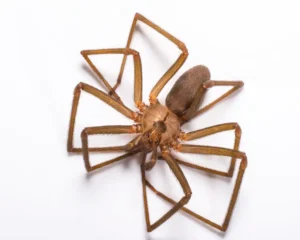
Brown Recluse Facts
The brown recluse is a spider everyone in East Tennessee is aware of, but often times is confusing and mis-identified. Often times people will say that you need to look for the violin/fiddle along their back by the head. I am not sure if you like me, but I’d rather not get that close to them to see such a small identifier. Besides, other spiders have similar markings so this shouldn’t be your sole identifier. The brown recluse will have eight eyes, with two eyes batched together in three different spots. Again, this identifier might get you closer to the spider than I’d choose to be, but it is one of the more distinctive marks of the recluse. Their abdomen, bottom area of body, is generally an oval shape with their head area (cephalothorax) being flat and pear shaped. What might be most striking when seeing a recluse is that their legs are very prominent. When you see many spiders the legs match the size of the body, thin body/thin legs or thick body/thick legs. With a recluse the body can be quite thin and the legs can see oddly thick in proportion.
Recluses generally are non-aggressive and solitary insects. They like to hang out in dark areas of a home (furniture, cupboards, cluttered areas). They do not want to hurt or bite you. The name ‘recluse’ is intentional for a reason. However, they do hide out in places that you can come into contact with them and their venom is potent enough to cause harm if not treated. If you are going under a house, cleaning darker areas, or turning over furniture that doesn’t get mixed up then you have a probability of coming across a recluse. That probability of crossing paths is even higher if you have seen them in your home before.
Think You Have a Brown Recluse Problem?
Brown Recluse Spiders in Tennessee
The big trouble with Brown Recluse’s is that they are terribly difficult to get rid of.
If you spot a brown recluse in your home then, unfortunately, there is likely to be more hiding out somewhere. Vastly different from a Black Widow found in the home would be more of a singular instance as they do not live proximally with other widows.
Recluses are resistant to many pesticides as their legs do not have the same hair other spiders have. That thicker hair is what picks up pesticides and thus killing off the spider/s. Foggers can kill recluses, but often times they hide out in areas that foggers cannot reach. The brown recluse can also hide out without eating for weeks. Foggers & pesticides generally cannot penetrate the egg shell of a recluse, so even if you can get the live spiders you might have a new batch showing up a short time later.
If you want to get rid of the Brown Recluses in your home then the word is ‘thorough’. You will need to put an adequate pesticide in every nook and cranny throughout the house. This ‘thorough’ application includes under the house, in the attic and outside the house. Not mention under, and sometimes inside, furniture. You will want to remove webs throughout the house. To test your work you can put down sticky traps perpendicular to the wall edges to see if any recluses show up. If they do then you will need to repeat the process. We did say they were tough to get rid of.
You can always contact us to help with identifying and removal of a brown recluse problem in your home or business. We pride ourselves on our work and customer service in getting the job done and keeping your family and home pest free.
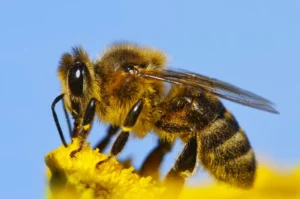
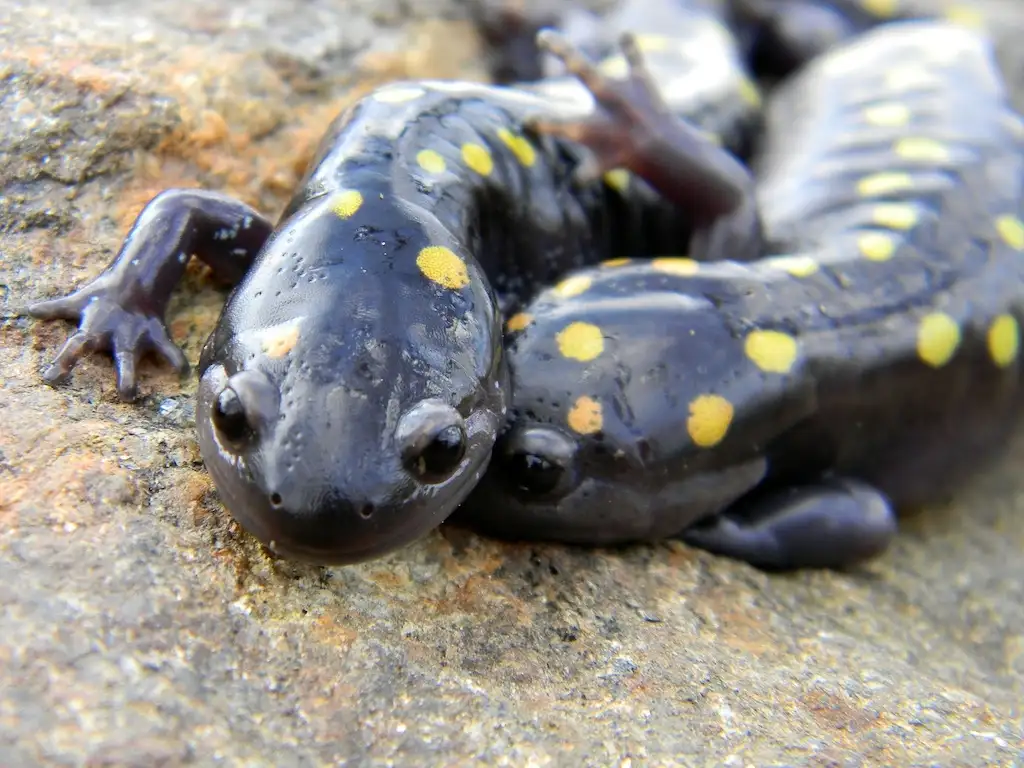
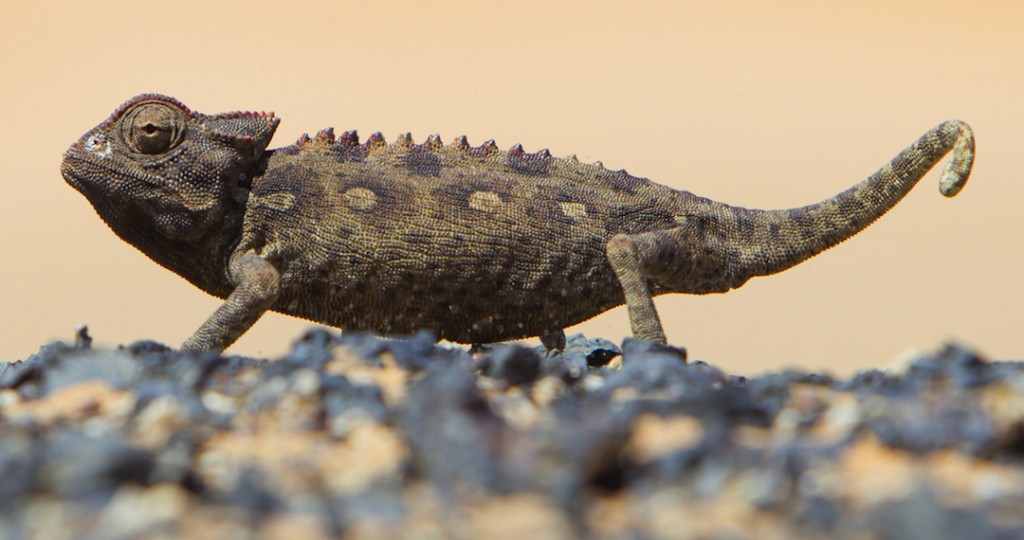
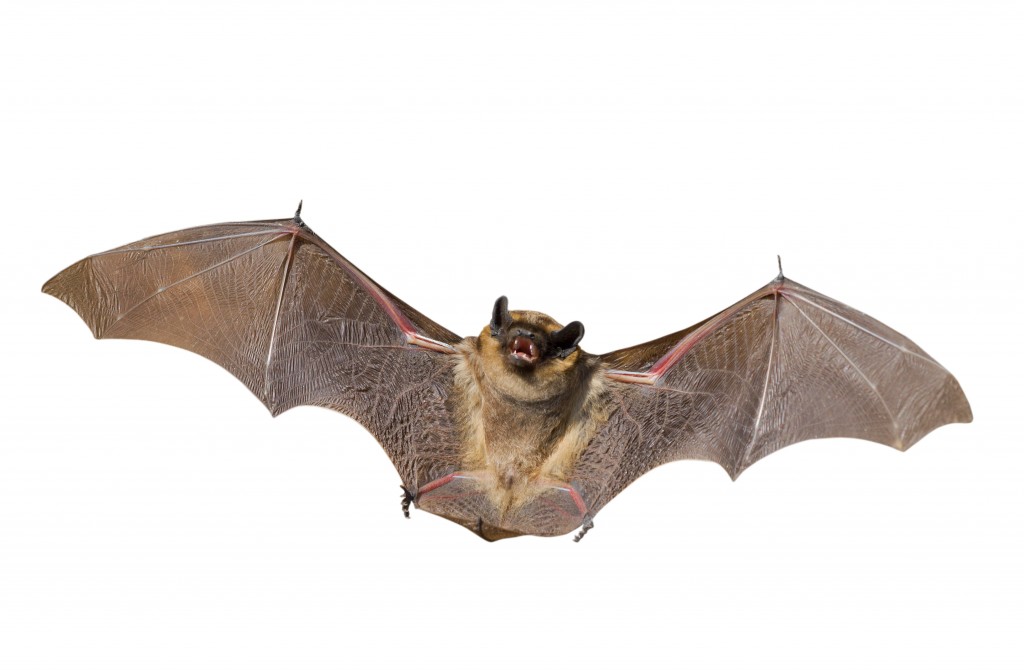
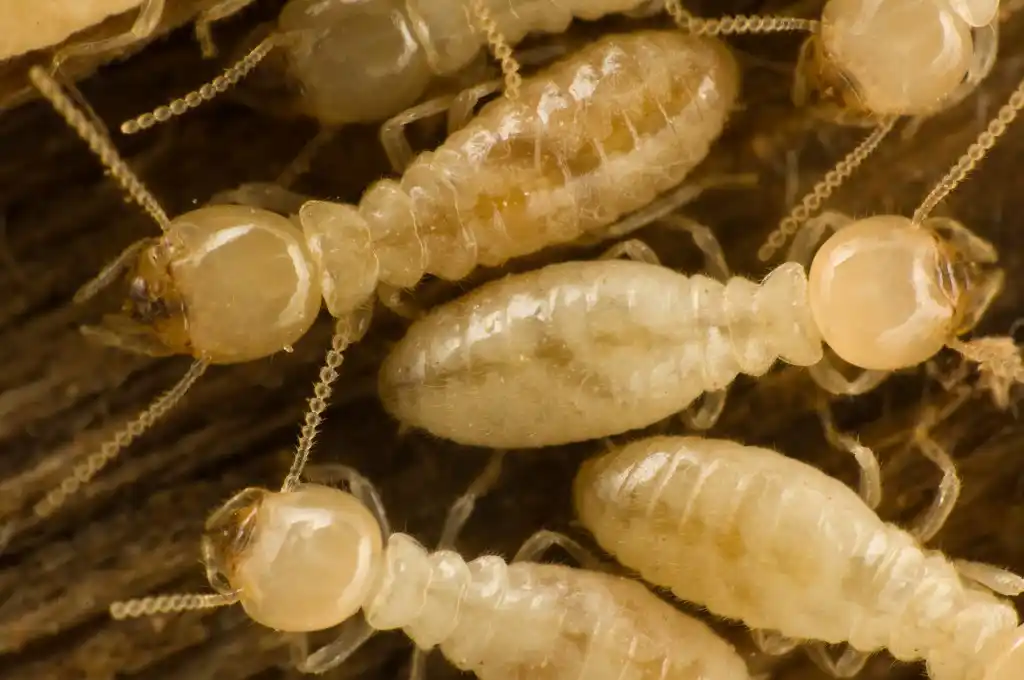

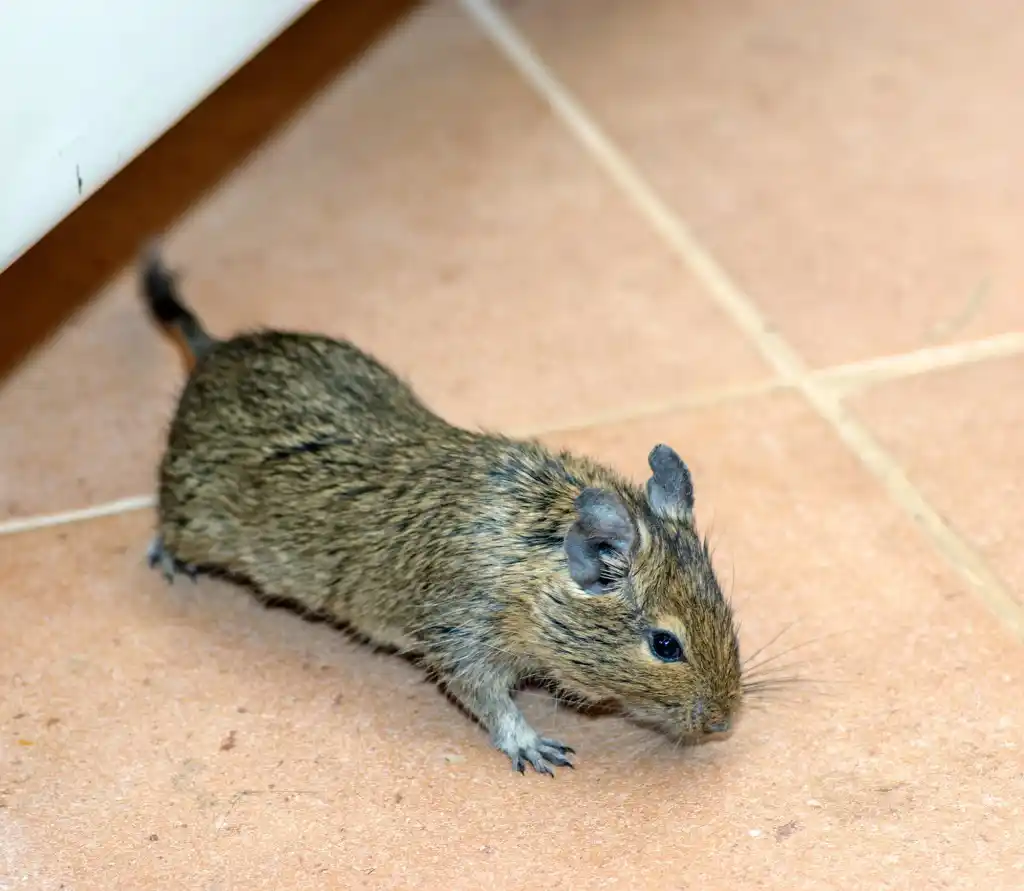




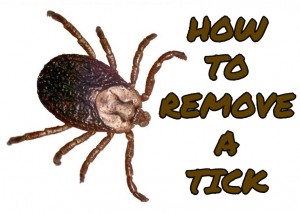
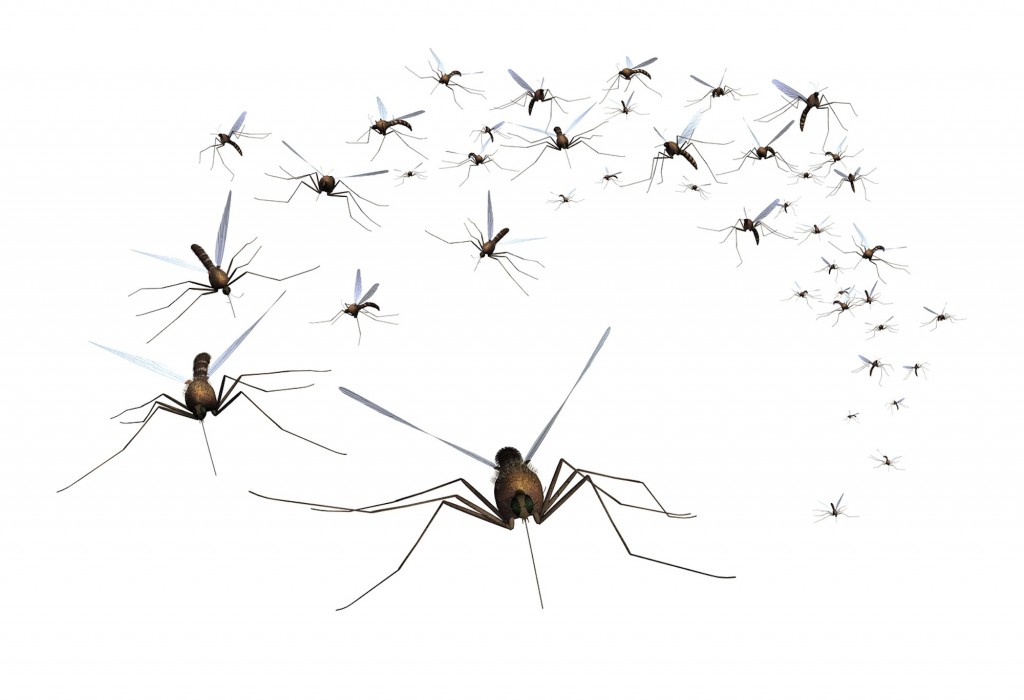 Spring is here and with spring comes mosquitoes. With mosquitoes comes the inevitable news of some mosquito being found to have West Nile Virus. West Nile Virus is a mosquito born illness that was isolated, for a time, to the Nile river of Eastern Africa. In recent decades though the WNV has gone completely global. In cases the WNV has been known to be fatal if left untreated.
Spring is here and with spring comes mosquitoes. With mosquitoes comes the inevitable news of some mosquito being found to have West Nile Virus. West Nile Virus is a mosquito born illness that was isolated, for a time, to the Nile river of Eastern Africa. In recent decades though the WNV has gone completely global. In cases the WNV has been known to be fatal if left untreated.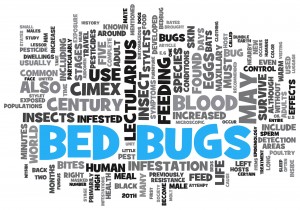 It isn’t any new news that bed bugs are on the rise. Twenty years ago we had long since forgotten what “sleep tight, don’t let the bed bugs bite” actually meant. Today we find them in all types of places. Orkin at the start of the year put out their rankings of the worst cities for bed bugs. This was based on their national market data, which is a good marker. However it is not independent research with all the various controls. Still, it’s fun to look at and take notice.
It isn’t any new news that bed bugs are on the rise. Twenty years ago we had long since forgotten what “sleep tight, don’t let the bed bugs bite” actually meant. Today we find them in all types of places. Orkin at the start of the year put out their rankings of the worst cities for bed bugs. This was based on their national market data, which is a good marker. However it is not independent research with all the various controls. Still, it’s fun to look at and take notice.